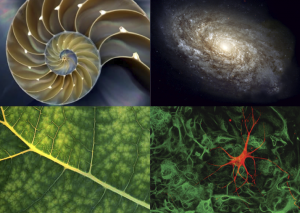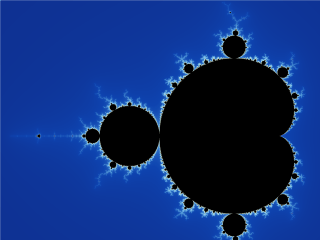Write4U
Valued Senior Member
The Nature of MathematicsNo such animal

(These paragraphs are reprinted with permission from Everybody Counts: A Report to the Nation on the Future of Mathematics Education. ©1989 by the National Academy of Sciences. Courtesy of the National Academy Press, Washington, D.C.)
Mathematics reveals hidden patterns that help us understand the world around us. Now much more than arithmetic and geometry, mathematics today is a diverse discipline that deals with data, measurements, and observations from science; with inference, deduction, and proof; and with mathematical models of natural phenomena, of human behavior, and of social systems.
As a practical matter, mathematics is a science of pattern and order. Its domain is not molecules or cells, but numbers, chance, form, algorithms, and change. As a science of abstract objects, mathematics relies on logic rather than on observation as its standard of truth, yet employs observation, simulation, and even experimentation as means of discovering truth.
The special role of mathematics in education is a consequence of its universal applicability. The results of mathematics--theorems and theories--are both significant and useful; the best results are also elegant and deep. Through its theorems, mathematics offers science both a foundation of truth and a standard of certainty.
https://services.math.duke.edu/undergraduate/Handbook96_97/node5.htmlIn addition to theorems and theories, mathematics offers distinctive modes of thought which are both versatile and powerful, including modeling, abstraction, optimization, logical analysis, inference from data, and use of symbols. Experience with mathematical modes of thought builds mathematical power--a capacity of mind of increasing value in this technological age that enables one to read critically, to identify fallacies, to detect bias, to assess risk, and to suggest alternatives. Mathematics empowers us to understand better the information-laden world in which we live.
"The Universe does not have "some" mathematical properties, it has "only" mathematical properties" (Tegmark)








